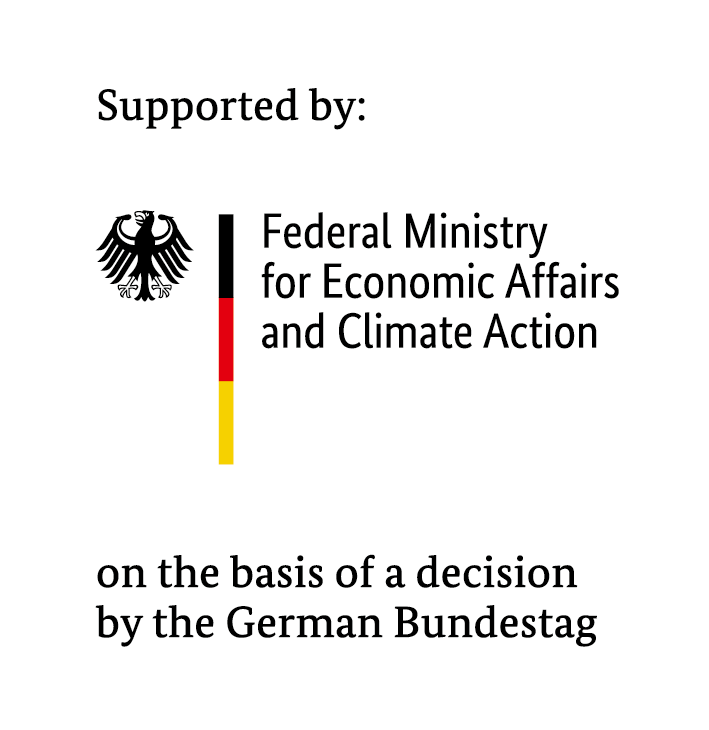MERLIN Support Office

A recently published study provides detailed insights into monitoring Arctic methane emissions from permafrost regions. The full study by Bartsch and her colleques is available here.
One key mission in this effort is MERLIN, a joint initiative by the German and French space agencies (DLR and CNES). After its launch, MERLIN will improve methane measurements using advanced lidar technology. Unlike other satellites, it can deliver precise data even in tough Arctic conditions.
Tracking Arctic Methane from Space: New Missions and Challenges
Permafrost in the Arctic is melting faster. As a result, more greenhouse gases like methane are being released. Scientists rely on satellites to track these emissions. This helps them understand where methane comes from and how it changes over time.
NASA and ESA have launched the Arctic Methane and Permafrost Challenge (AMPAC). This initiative connects experts and improves methane monitoring from space. Satellites help by measuring methane levels, tracking land cover changes, and monitoring temperatures that influence methane release.
Future space missions will improve methane tracking even further. More frequent radar scans and new multispectral sensors will help scientists see seasonal changes better. They will also make it easier to identify methane sources. At the same time, it is crucial to maintain current satellites that already measure greenhouse gases.
New technologies, such as hyperspectral and superspectral sensors, will help locate methane hotspots. However, monitoring methane from space is still a challenge. This is where MERLIN plays a key role. Its active IPDA lidar system provides highly accurate methane data, even in cloudy or dark conditions. Passive sensors often struggle in such environments, but MERLIN will fill these gaps.
By 2032/33, during the next International Polar Year, scientists will have a full set of advanced space tools. These will include radar, thermal sensors, lidar, and imaging spectrometers. When combined with on-the-ground measurements, they will offer the best data yet on Arctic methane emissions.
More relevant publications to the MERLIN Mission can be found here.







